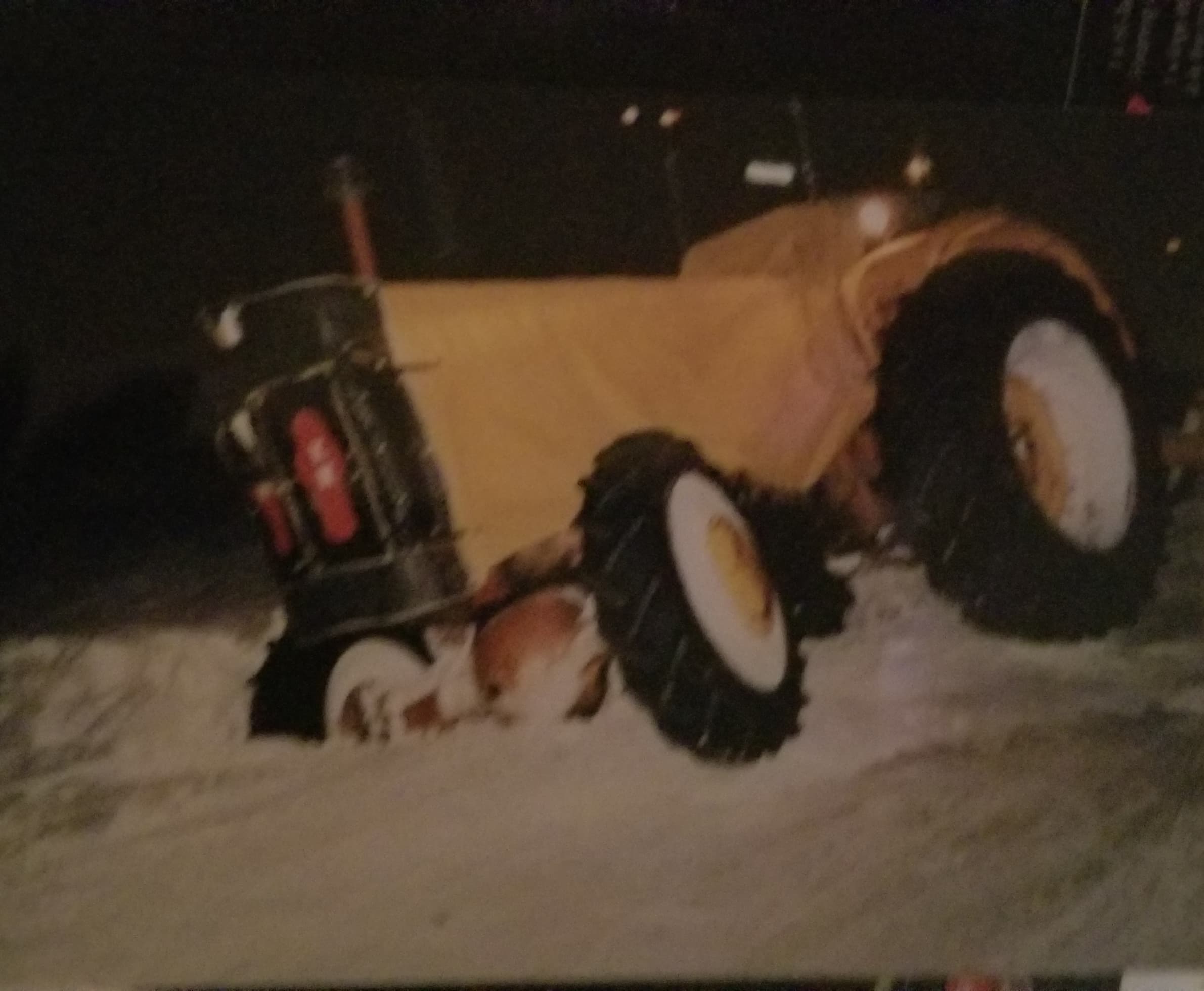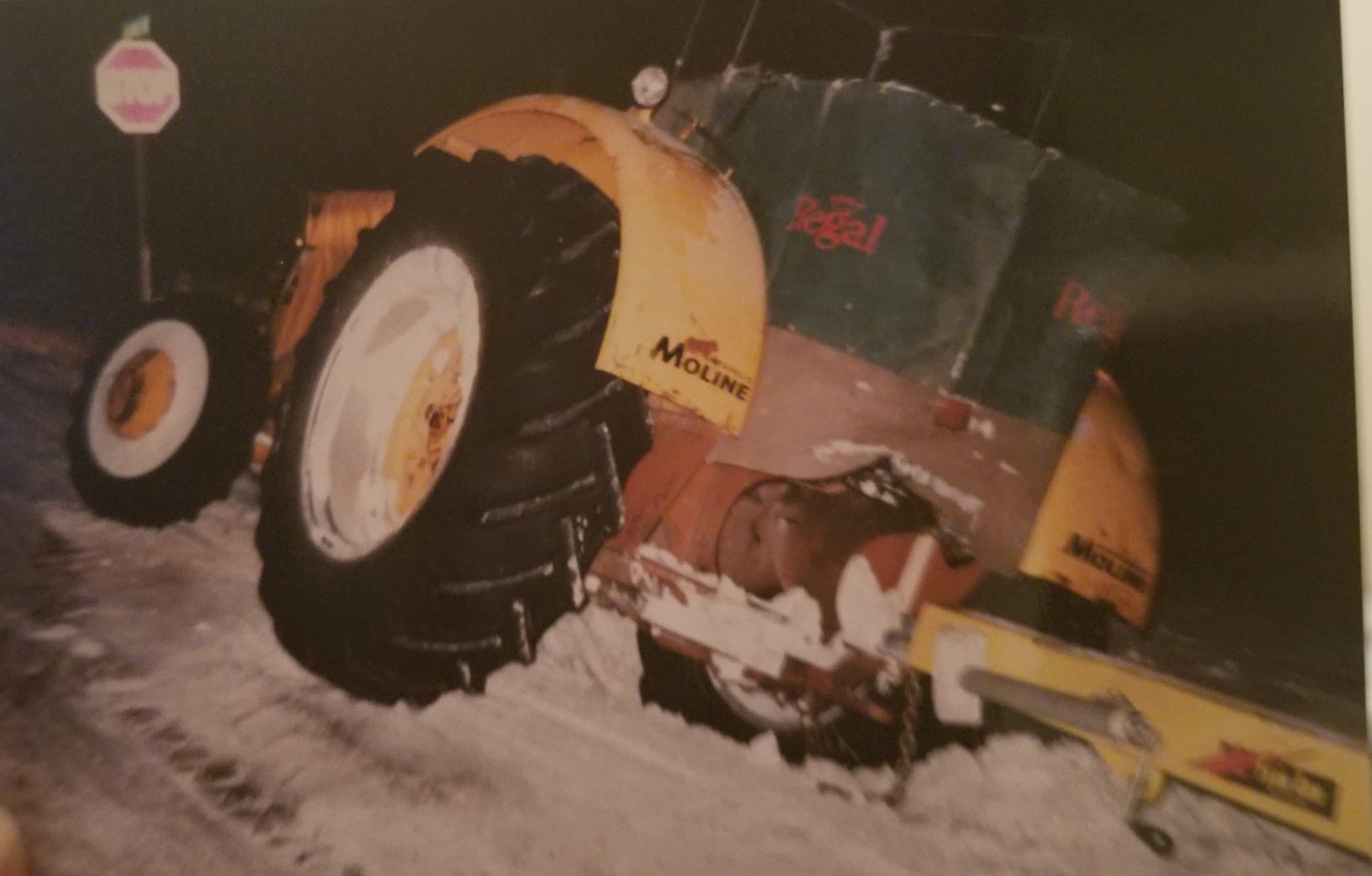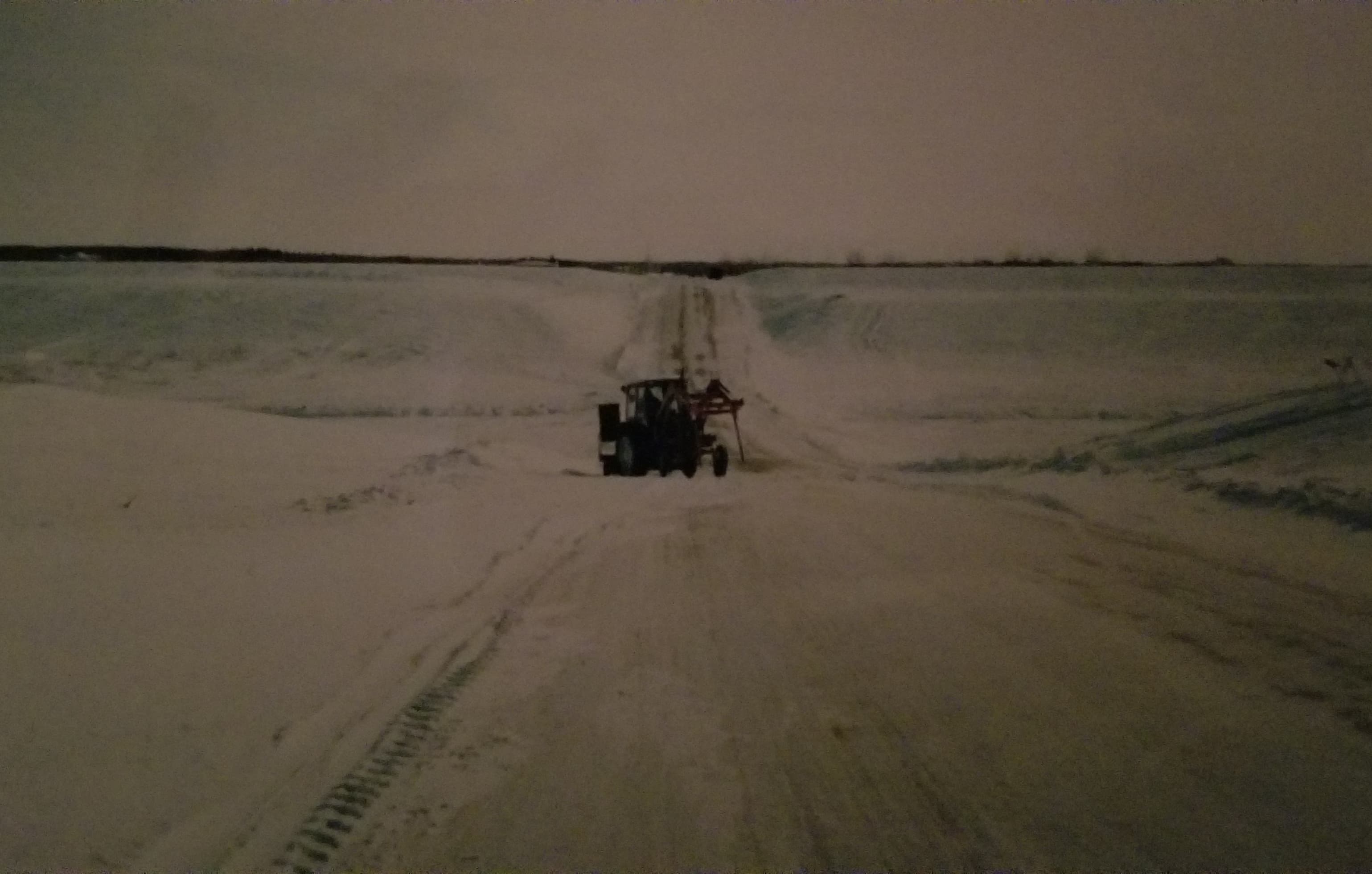

What the Hay
One thing anyone who owns herbivores knows very well, is that they need hay. The more hay consuming critters there are, the more hay is needed. Horses require hay of good quality. Hay that is free of dust, mould and is nutritious without being too high in protein. When you own fields full of horses, you soon become a specialist in what constitutes good hay. When we made our own hay, the onus was on us, to make sure it was high quality.
The farm and land we purchased when we first married was what one would call a ‘fixer upper’, both inside and out. Mowing what was supposed to be lawn was cringeworthy. Besides the random farm equipment that was parked here and there on what was supposed to be lawn, there was that constant concern that the blades would hit some well hidden threat. A tin can, lost tools, a whole length of tow chain. These are all mower maimers, and only a small list of things that made that horrible twang sound, of steel against steel. On top of the randomness we discovered when mowing the lawn that had long since overgrown, our adorable pony, Chauncey found all the components of an old milk separator. We had him tethered out to take advantage of the tall grass, and he dragged them out, piece by piece.
The rest of the land was in a horrific state as well. Wrecks of cars and pickup trucks took up space, and the fifty acres that wasn’t yard was wall to wall, Canadian thistles! I can well imagine how exasperating that must’ve been to the neighbouring farms, and have no idea why the weed inspector had let it continue. It took us a year to bring the weeds under control, another two before we had a viable hay crop, and then the rains came. Rain that didn’t want to stop. Rain that rotted the alfalfa even as it stood. We had no choice but to cut that rotten, stinking mess, bale and get rid of it.
Try two had much the same end result, and again we had to take it off, turn it under and start over. The only difference the second time, was that I chose a difference mix. One of the horses that boarded with us had allergies, so no brome grass. I chose sixty percent alfalfa, as I knew it was good for the hay mix, but would die out over a few years. I decided on thirty percent orchard grass, as it will grow from spring to fall, and many grasses don’t. Lastly, I had ten percent timothy, because my horses just aren’t crazy about it and oats as a cover crop.
The fourth year, just when the hay was ready to be cut, the rains came, and they didn’t quit. This time, I knew what we were going to do. We were going to fence it in, every last bit of it. The horses could eat it, before it had a chance to begin to rot. The air and sun, when it came, would get to the roots, and the field would be saved.
It wasn’t at all easy. The rain-soaked ground couldn’t support anything being driven on it, but we had no choice in the matter, out onto that field we went with our eighteen thousand pound, backhoe-loader. There was no other machine that could’ve managed the job. When it sank into the wet, black, Manitoba gumbo, only the hoe could push or pull it out. We put a post wherever we could get to. Some were fourteen feet apart, some were forty, and others were way more than one hundred and forty apart! We did what we could, and it had to do. After that, there was wire to string, gates to put up and then hayfield was now pasture. Just like that, we went from making our own hay, to buying all of it.
We went through a lot of hay. When I say a lot of hay, I mean many, many large round or square bales, as well as some small squares. The only nice thing about having to buy? A person can be picky. The problem with picky is that good hay takes a bit of a hunt to find. Not only was it hard to find, but often a bit of a drive to go and get. On top of that, we were often hauling it home in the winter.
One particular winter stands out in my mind. The snow was particularly deep, the roads, even gravel ones, were ridiculously icy, and of course it was cold out. We headed out with our two tractors, a gooseneck trailer, and haywagon. If we had to haul hay, there was no point in messing around. We wanted to get as much as possible in one go.
As soon as we arrived, the front-assist tractor was unhooked, and I got busy driving through the deep snow to each bale. Tracks had to be made so that the two-wheel drive tractor with the loader, could get at each bale. I have to admit, it was a lot of fun. Bulldozing through deep snow and drifts like it was nothing was a bit of a thrill. The power of that tractor was pretty amazing, and I enjoyed motoring around. Before too long, bales were loaded to capacity, and it was time to head home.
Heading for home wasn’t something I was looking forward to. There was a very deep, very wide ford crossing that we had to negotiate, and a super slick road! Hubby went first. He was now driving the bigger tractor and when he began to slide towards the ditch, I held my breath.
It didn’t matter what he did, that tractor did not stay on the road. Thank goodness a friend of hubby’s lived close by. He came with a tow strap and a familiar, green tractor, and helped us out of a bind. Though night had fallen, we were on our way home again.
The next day, we went for another load. It was a repeat of the day before, except this time, hubby got the big tractor and his load around the corner, down the side of the ford crossing and up the other side without any problems. Then it was my turn. The trick was to go fast enough to have a good run at the climb out of the ford crossing, yet at the same time, not allow the load to push the tractor on the initial way down. I certainly didn’t want to jackknife, and felt a bit anxious and admittedly nervous. Still, it had to be done, so while hubby stood waiting on the other side, I started down. I could hardly believe when I made it safely to the bottom. Though I had felt the push of the heavy load, I had managed to keep from jackknifing! The elation I felt at my success was short lived. I still had to make it all the way up the other side. I didn’t back off the throttle, not for a second. Hubby had said to give ‘er. I had every intention of doing so.
Everything went perfectly, at first. About half way up the other side, the tractor began to slow its momentum, though I had the engine to the mat. It wasn’t very long before the whole unit came to a stop, despite the fact that the tires were madly spinning with effort. Even the tire chains didn’t make an iota of different. I felt the tractor slipping backwards. Though I stood on the brakes with all my might, the backwards movement continued. On top of that, jackknifing was beginning! I did the only thing I could. I dropped the loader arms and jammed the ends of the bale forks, into the ice of the road. There I was. I couldn’t go forward. I couldn’t back up. My legs shook from holding the brakes.
Hubby walked and slid his way down to me. Somehow, we managed to change places then using the forks of the loader to claw his way the rest of the way up. It took co-ordination and timing, as he had to stand on the brakes between times, but he got it done. As soon as he reached the top and flat ground, I took over again, and away we went.
I had my turn at clawing my way up a steep road a few miles further along, but it was nothing like the ford crossing. Funny thing is, whenever I drive by that ford crossing, I remember that icy weekend.







Leave a Reply